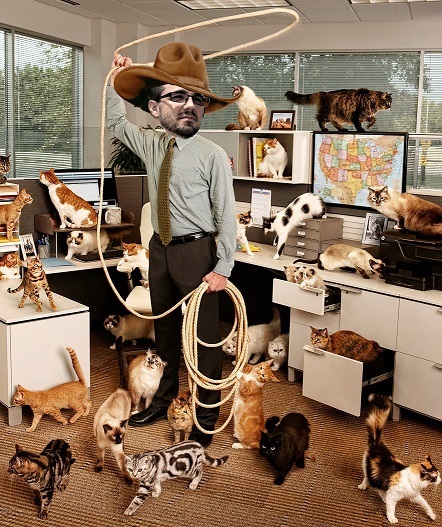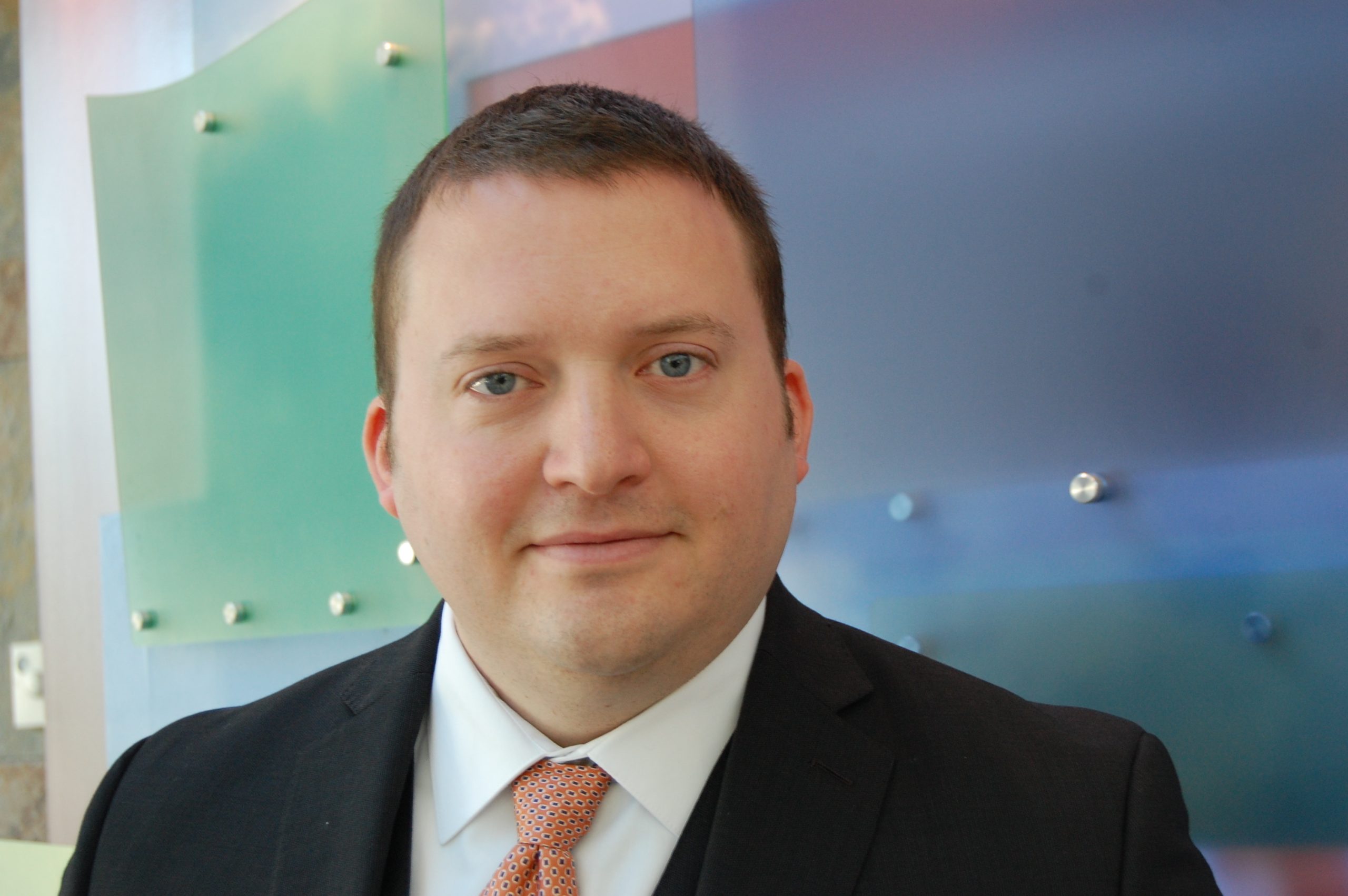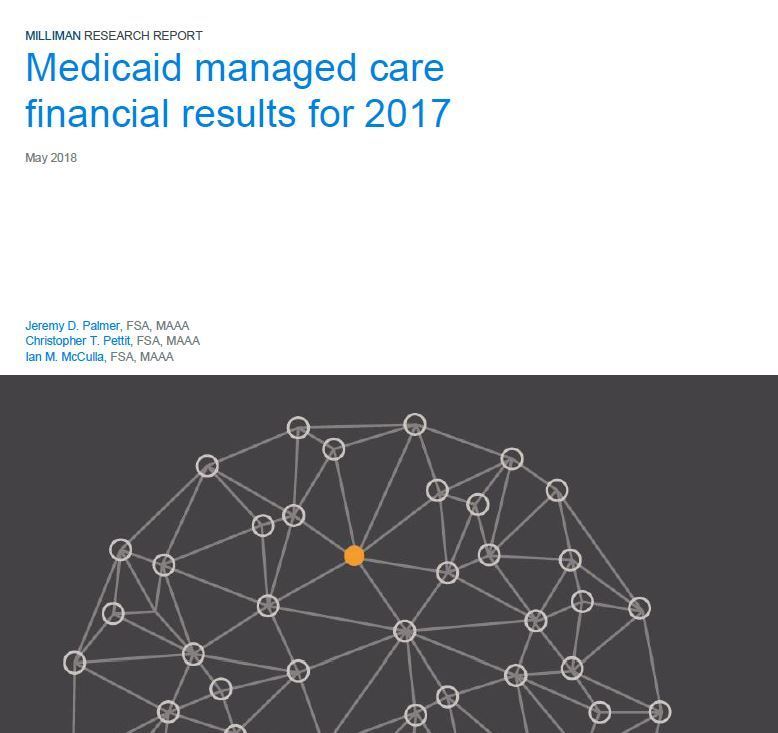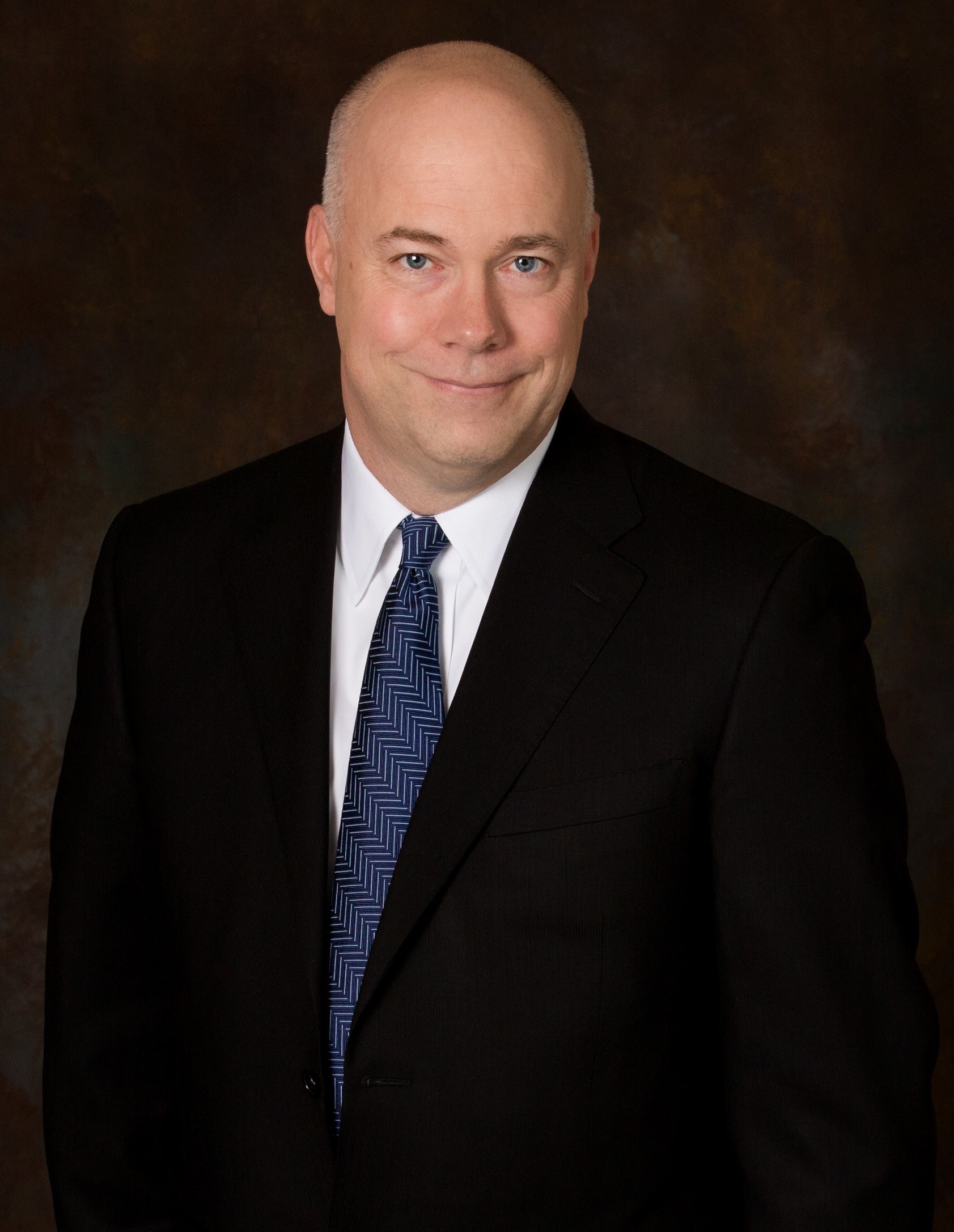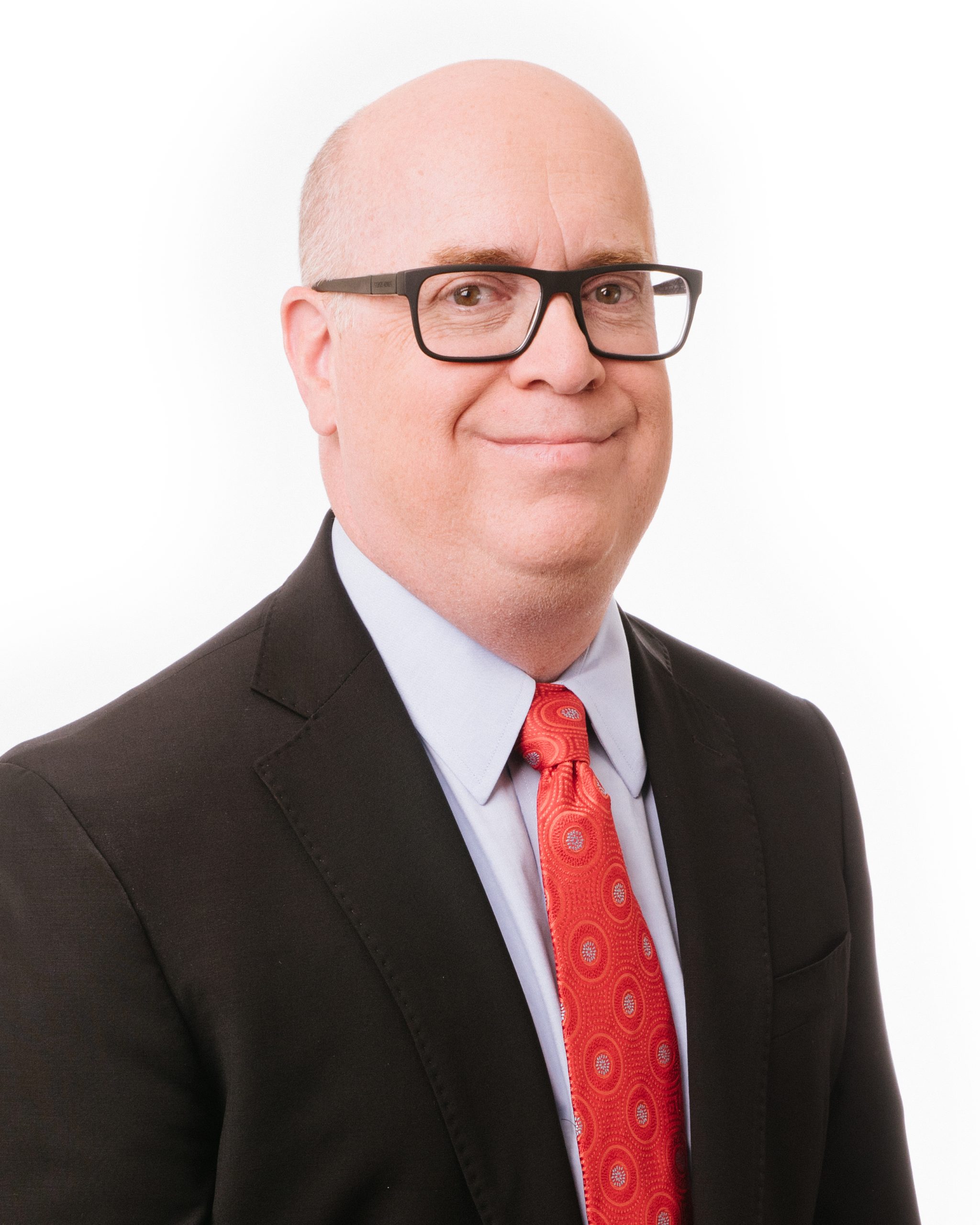
1. Which segment of the industry are you currently involved?
A: I lead a Cleveland based “think tank” called the Center for Community Solutions. Community Solutions among other things works to support cost effective Medicaid policy through non-partisan research, analysis and advocacy.
2. How many years have you been in the Medicaid industry?
I’ve worked in this space for nearly two decades, first as a researcher and policy advocate and then as President of Community Solutions, as an Ohio Medicaid Director, and as the Medicaid and governmental policy Vice President for Ohio’s largest public hospital – the MetroHealth System.
3. What is your focus/passion? (Industry related or not)
My work passion is getting more people and organizations engaged in policy advocacy. My personal passions focus on my Cleveland neighborhood and the great Cleveland food and cultural scene.
4. What is the top item on your “bucket list?”
Visit Cape Town, South Africa
5. What do you enjoy doing most with your personal time?
Spending time with my partner, friends, and family.
6. Who is your favorite historical figure and why?
Martin Luther King because of he showed how one person could change a country and because he led the fight for justice and racial equality. He was a brilliant and inspiring orator who continues to inspire new generations even 50 years after his assassination. Finally his courage and commitment to non-violence even in the face of physical attack and threats.
7. What is your favorite junk food?
McDonald’s
8. Of what accomplishment are you most proud?
Working with the State of Ohio, CMS, Cuyahoga County, and the MetroHealth System to get an 1115 waiver approved that expanded Medicaid in Cuyahoga County a year early and provided health care coverage to over 30,000 uninsured adults.
9. For what one thing do you wish you could get a mulligan?
While I was Medicaid Director, during the Great Recession, we focused most of our attention on expansion proposals for different categories of individuals which impacted relatively small numbers. Looking back it would have been much better to have focused on simplification measures that would have affected many more people and kept more people covered longer. I also wish I could have focused more on ways to leverage Medicaid to address social determinants of health.
10. What are the top 1-3 issues that you think will be important in Medicaid during the next 6 months?
November general election results, in many cases (including Ohio), will determine future of state Medicaid expansions. If CMS changes in Medicaid eligibility (e.g. work requirements, et al) are allowed to proceed we will need to pay careful attention to how they are implemented. Expect to see some states pursue a “Medicaid for all” option via a 1332 waiver.


